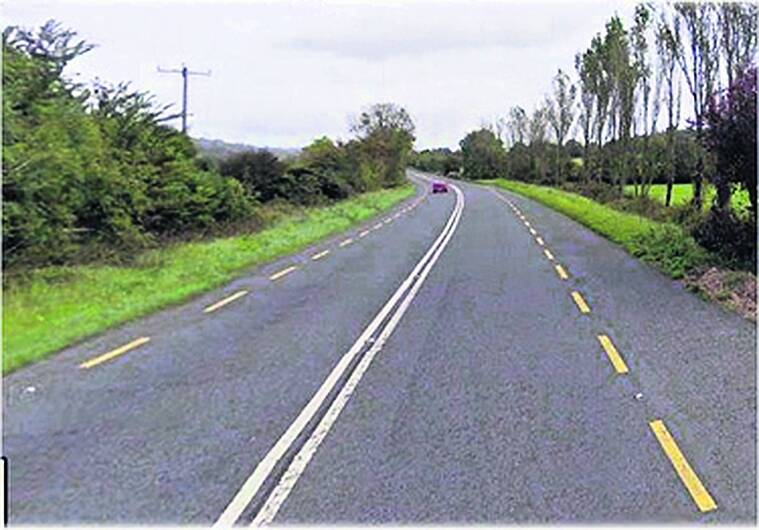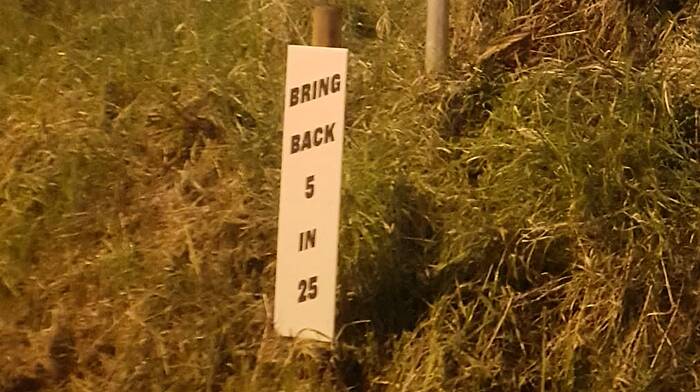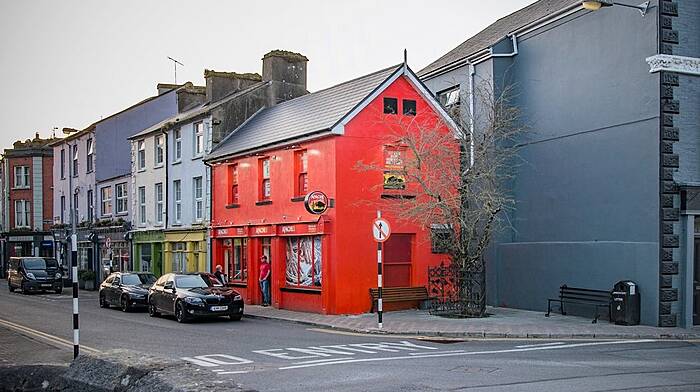Our road network is ‘littered with continuous white lines' that serve no particular purpose and don't legally allow motorists pass a slow moving vehicle or a cyclist.
OUR road network is ‘littered with continuous white lines’ that serve no particular purpose and don’t legally allow motorists pass a slow moving vehicle or a cyclist.
That’s according to retired council engineer, Frank O’Donovan, the area engineer in Bantry for many years, who said it is obvious that some of the white lines are ‘unnecessary and unsuitable.’
Speaking to The Southern Star, he said: ‘These lines could run for a few miles and they are often in places where a double line – broken on one side – would have served the purpose better because those who are familiar with the rules of the road will know that it is an offence to cross a continuous white line unless in an emergency or for access to private property.’
Frank said the excessive use of continuous white lines doesn’t work well on a lot of rural roads because there are, generally speaking, no hard shoulders. ‘How are you supposed to pass a slow-moving vehicle or a cyclist? If you cross the line you are committing an offence and are open to being prosecuted,’ he said.
‘Much of the use of the single white lining is inappropriate because it bears no relationship to actual rural road conditions and widths.’
He said he has raised this issue several times but has been fobbed off with the joking response: ‘just cross them.’ But he maintains the situation is no laughing matter.
He said he truly believes that our road lining ‘is a definite contributor to serious and fatal road crashes. And [in the event of an accident], he suggested that the person responsible for these lines ‘should be dragged into court to justify why the line was there in the first place.’








